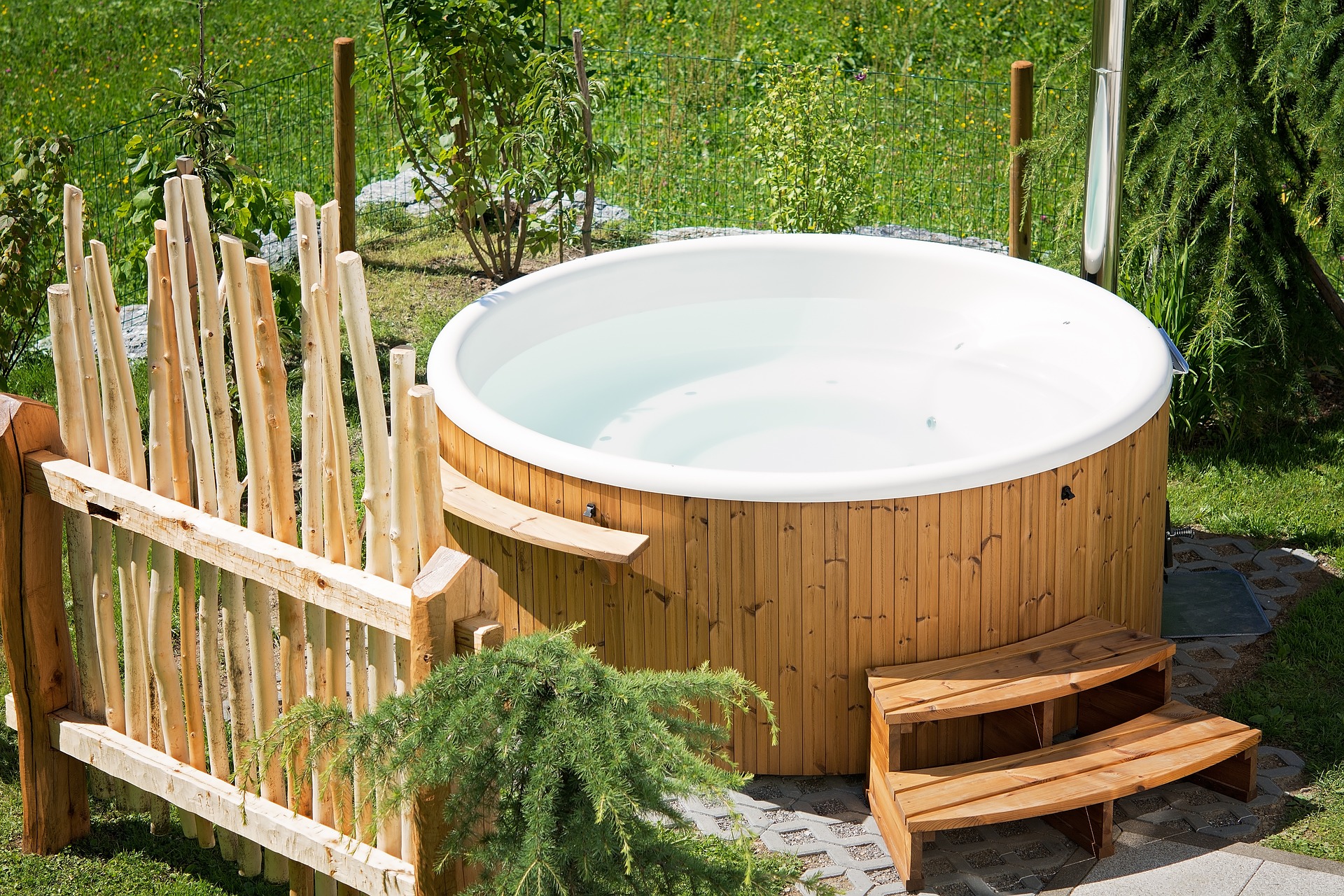How to Finance Your Dream Hot Tub: Payment Options
Turn your backyard into a relaxing retreat without breaking the bank. This guide breaks down hot tub financing options—cash, credit cards, personal loans, home equity, and dealer/manufacturer programs—plus installation and ongoing costs to help you choose a plan that fits your budget and lifestyle. Learn how to compare rates, spot promotional deals, and plan for maintenance and energy expenses so you can enjoy a jacuzzi responsibly and affordably.
Exploring Payment Methods for a Hot Tub Purchase
Buying a hot tub is a significant purchase that can enhance home comfort and increase property appeal, but finding the right way to pay matters. Retailers and dealers typically accept a variety of payment methods to suit different financial situations. Common choices include paying cash, charging the purchase to a credit card, taking out a personal loan, or using dealer or manufacturer financing plans. Promotional offers such as 0% interest for a set term are occasionally available from manufacturers or dealers, but these deals often require strong credit and careful review of the fine print.
Using Home Equity for Lower Rates
Homeowners with built-up equity frequently consider tapping that value to fund a hot tub. Options like home equity loans and home equity lines of credit (HELOCs) usually carry lower interest rates than unsecured personal loans or credit cards because your home secures the loan. In some situations, the interest on a home equity loan may be tax-deductible—check with a tax advisor to confirm eligibility in your case. Remember that leveraging your home increases financial risk, so weigh the benefits of lower monthly payments against the potential consequences of using your house as collateral.
Dealer and Manufacturer Financing Explained
Many hot tub dealers partner with lenders to offer in-house financing or manufacturer-sponsored plans. These can range from introductory 0% APR promotions to standard installment loans with fixed interest. Terms and rates vary widely: promotional offers may have short windows and strict qualification requirements, while standard plans might run for several years. Always read the contract, watch for deferred-interest traps, and compare the dealer’s offer against external options like personal loans to get the best overall cost.
| Financing Option | Typical Interest Rate | Common Term Length |
|---|---|---|
| Manufacturer or Dealer Financing | 0–18% | 36–84 months |
| Personal Loan | 6–36% | 12–84 months |
| Home Equity Loan / HELOC | 3–7% | 5–30 years |
| Credit Card | 15–25% | Revolving |
Prices, rates, or cost estimates mentioned in this article are based on the latest available information but may change over time. Independent research is advised before making financial decisions.
Accounting for Installation and Additional Expenses
The sticker price of a hot tub is only part of the total cost. Installation-related expenses frequently add several hundred to a few thousand dollars to the bill. Typical installation costs often fall between $500 and $3,000, depending on the complexity of the job and delivery logistics. Key items to budget for include:
- Site preparation and a stable foundation (concrete pad, pavers, or reinforced deck)
- Electrical work, including potential service upgrades and permits
- Delivery and placement, especially for larger models or difficult access locations
- Safety accessories such as covers, steps, and fences if required by local codes
- Initial water treatment chemicals, testing kits, and maintenance tools
Failing to plan for these extras can produce unexpected outlays after purchase. Get itemized quotes from installers and ask dealers about bundled installation packages to avoid surprises.
How to Choose the Right Financing Option
Selecting a payment plan means matching loan features with your financial goals. Consider the following steps:
- Calculate total monthly cost: Compare monthly payments and overall interest across options rather than focusing on the monthly amount alone.
- Verify credit requirements: Better rates and promotional APRs usually demand higher credit scores.
- Factor in long-term costs: Energy use, routine maintenance, and repairs are ongoing expenses. Higher-efficiency models may cost more upfront but save money over time.
- Consider a down payment: Putting cash down lowers the principal and can secure better loan terms.
- Read warranty and service terms: A comprehensive warranty and reliable dealer support can reduce future repair costs.
Practical Tips for a Smart Purchase
Do some homework before signing any agreement. Shop multiple dealers, request financing quotes, and compare them with offers from banks or credit unions. If a 0% offer is tempting, ensure you understand the length of the promotional term and what happens if you miss a payment. For borrowers considering home equity, consult a financial or tax professional to confirm potential tax benefits and the risks of using your home as collateral.
Also, think about how a hot tub affects your home insurance and whether additional coverage is advisable. Energy costs may rise depending on usage and insulation, so factor that into your monthly budget.
Final Thoughts
Financing a hot tub can make a luxury that much more accessible, but the key is choosing the path that matches your financial comfort level and long-term objectives. Whether you pay cash, use a loan, or leverage home equity, balance monthly affordability with the total cost over time. A well-planned purchase, backed by careful comparison of rates and a realistic accounting of installation and upkeep, will let you enjoy the relaxation benefits of a hot tub without compromising financial stability. Take time to research brands, read reviews, and work with reputable dealers who provide clear warranty coverage and dependable customer service.







